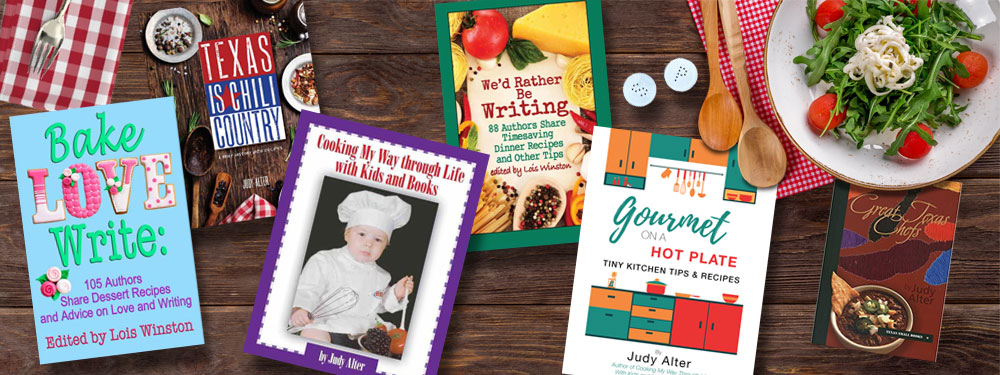Holidays to me mean lots of grazing food – cheeseballs and dips and spreads for all those buffets and happy hours you’re going to host. For years (probably almost fifty), I hosted some version of an annual tree trimming party. When I was a kid, my dad and brother put lights on the tree and walked away; Mom and I were left to decorate. It was not the jolly family shared experience Norman Rockwall would have us all envision. So I swore when I had my own home, tree the trimming would be festive and happy.
Most
years I had anywhere from fifty to seventy guests. The price of admission was
always the same: bring an ornament and hang it on the tree. As a result, I have
a huge collection of unique ornaments, now stored in the attic, because I have
only a small, tabletop fake tree. But I can still tell you the story behind
many of my ornaments.
My
dining table was extended and full of everything from pate and a caviar dip to
bourbon-soaked cocktail sausages and cheeseball. The buffet on the side held
cookies, a chocolate Bundt cake, and Aunt Reva’s sheet cake. I began cooking at
least by early November, and the freezer was stocked. Some of the things I
served are now considered passé, cheeseballs and dips among them, but my family
and I still love them. Here are three I frequently served.
Caesar dip
If you
love Caesar salad, as I do, this is the dip for you. It’s like eating the
dressing.
1 cup mayonnaise
½ cup sour cream
½ cup grated fresh Parmesan
1 Tbsp. lemon juice
1 garlic clove, pressed or
grated
1 anchovy filet or 1 tsp.
anchovy paste
Caesar salad was originally finger food—you dipped the
base of a leaf of romaine in the dressing. I have had it served that way in
restaurants, and at Fort Worth’s Pacific Table where the Caesar salad has uncut
leaves, I eat it that way. So a great dipper for this would be small leaves
from the hearts of a couple of heads of romaine (use the remaining leaves for a
green salad). Other crudities would work well too—carrots, broccoli flowers, green
pepper strips, cucumber slices. Baguettes slices and crackers are also perfectly
acceptable.
Sherry cheese paté
8 oz. cream cheese
1 cup grated sharp cheddar
1 T. dry sherry (cooking sherry
if you must)
½ tsp. curry powder
¼ tsp.
¼ salt
1 8 oz. jar chutney, any
flavor you want – I am partial to apricot
2 green onions, chopped
Mix
cream cheese, cheddar, sherry, curry powder, and salt. Spread on serving plate
and chill. Spread the chutney on top of the mixture and scatter green onion
bits for decoration. Serve with crackers and a cocktail spreader or knife.
Caviar Spread
This
is the dish that people asked for year after year.
2-1/2 8-oz. pkg. cream cheese,
softened
1 c. mayonnaise
1 small onion, grated
1 Tbsp. Worcestershire
1 Tbsp. lemon juice
Dash of hot sauce
1 4-oz. jar black caviar
3-4 hard-cooked eggs, finely chopped
Chopped parsley
Mix first seven ingredients with
electric mixer until smooth. Spoon into shallow serving dish. Top with caviar,
eggs, and parsley. Serve with small pumpernickel breads or party rye if you can
find them. Crackers are good too.
You don’t have to wait for Christmas
to serve these. They’d be great for that family Thanksgiving get-together.




